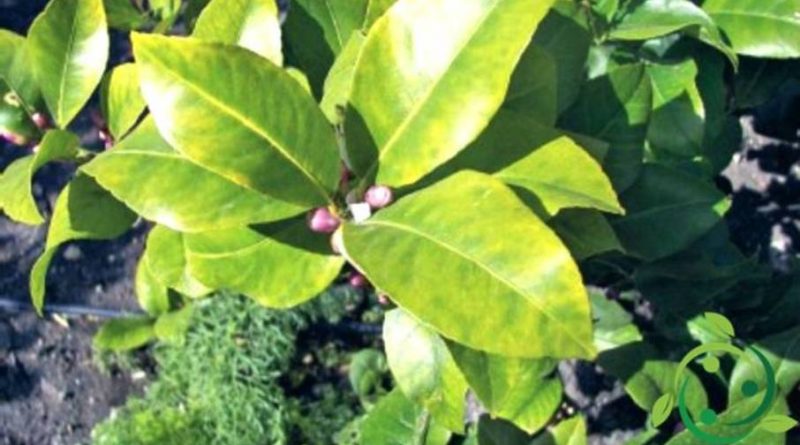Role of Cobalt in plants
Role of Cobalt in plants
In this sheet we will see what is the role of Cobalt in plants and how the cases of deficiency in plants occur. Let’s say immediately that cobalt (Co), like other trace elements such as copper, molybdenum and niche, is an essential trace element for the life of legumes, as it is essential for the growth of nitrogen-fixing bacteria of the genus Rhizobium living in symbiosis in radical nodules present in the roots of this family of plants.
These bacteria, thanks to the presence of cobalt, fix atmospheric nitrogen and turn it into amino acids and proteins. This biochemical process also occurs in other non-leguminous plants that develop radical nodules (these are plants that belong, for example, to the genera Alnus, Casuarina, Myrica); even these plants need good quantities of this element to perform this function.
One of the processes underlying these processes is that by which the stem of the plant grows and the coleoptile is extended. These two functions help both the overall growth of the plant and the availability for CO2 absorption by the same. In addition, the plants need sufficient levels of cobalt to properly expand the leaf disks and the buds, which is important for the development of the plant. Cobalt is a major constituent of vitamin B12 and propionates. Vitamin B12, as it is known, is necessary for cell division, plays an important role in the growth of a plant because it favors the cell division necessary for plant growth.
The presence of cobalt in the forage also helps improve the efficiency of digestion of ruminants.
To date, the role of this microelement has yet to be clarified, and like other trace elements it appears to be synergistic but not substitutive; its most important action seems to be that of interacting with the amino acid synthesis for the formation of proteins.
In some plants greater amounts of cobalt have been found in the old leaves than the younger ones; this could be determined by the transferability of this element in old fabrics.
Although not very frequent, cobalt deficiency has almost similar symptoms to nitrogen deficiency.
Specifically, one of the symptoms could be that of small root nodules of legumes. However, in general, if you start to notice on the leaves (more pronounced on the old ones) a fairly uniform pale green color, it could be a specific symptom of cobalt deficiency. Another symptom due to the lack of cobalt is that of the reddening of the leaves of the stems or petioles. In general, the lack of this trace element can cause a delay in the production of wheat or other cereals and reduced crop production.
The excesses of cobalt in plants are not very frequent and easy to diagnose.

